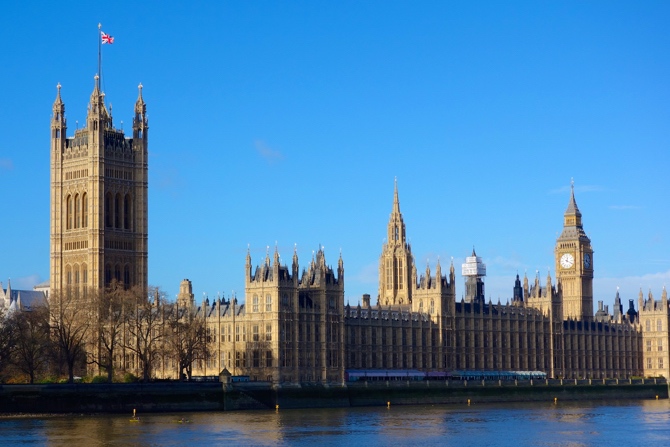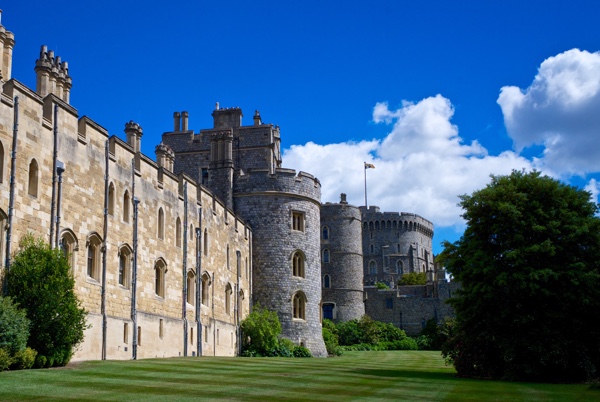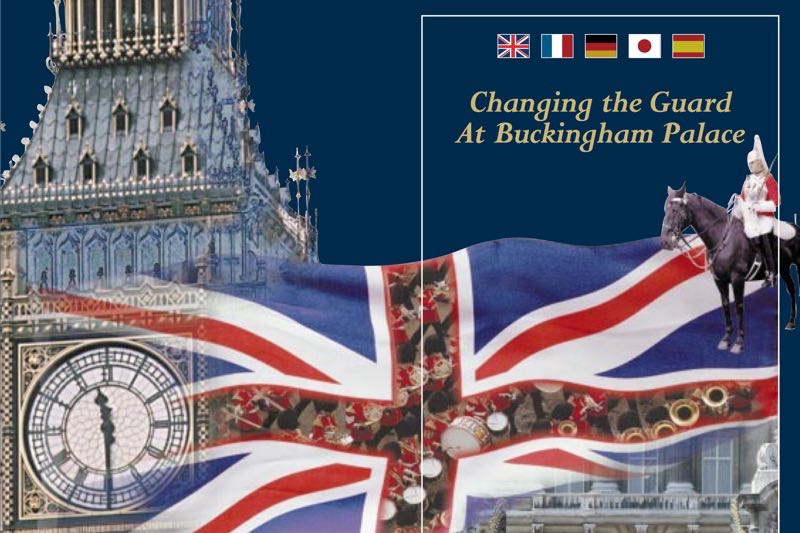The Regiments
The Household Division - the cavalry and foot guards who guard 'The King.'
The men you will see on guard at Buckingham Palace, (and other locations), are not just ceremonial guards but first and foremost professional infantry soldiers.
While upholding the traditions of the past, the guards also perform duties around the world as professional soldiers, who in their infantry role, have a reputation as some of the most elite and skilled soldiers in the British Army.
This is one of the reasons changes may occur, in the guard change ceremony schedule, when the guards are required for operational duties.
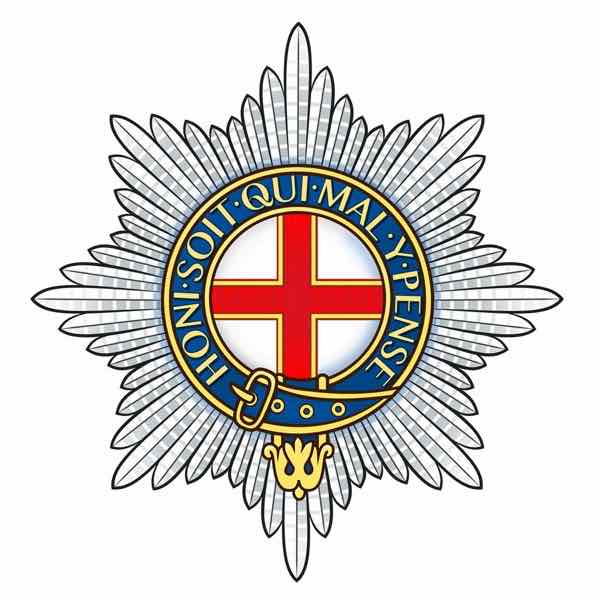
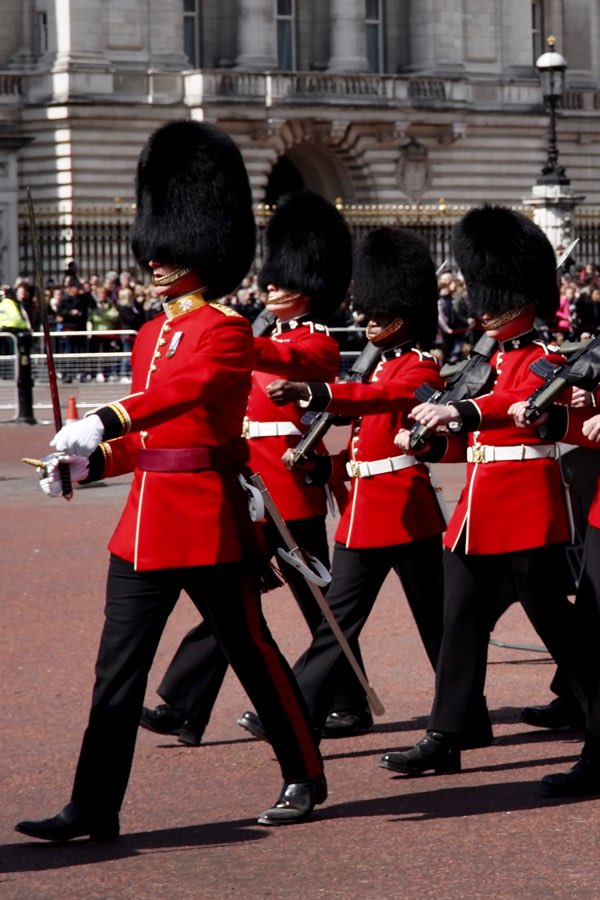
Regiments in the Household Division.
The Household Division comprise two regiments of the Household Cavalry, The Life Guards and The Blues and Royals plus five Regiments of Foot Guards:
• The Grenadier Guards
• The Coldstream Guards
• The Scots Guards
• The Irish Guards
• The Welsh Guards
Most of the time it is soldiers from one of these regiments that will be standing guard outside Buckingham Palace. Guardsmen will have two hours on sentry duty and four hours off.
However, do not be surprised if on some occasions you do not see the traditional guardsmen, in their scarlet tunics, particularly in August when other regiments often guard 'The King'.
The responsibility of guarding the Sovereign by the Household Troops (as they were known at the time) dates back to the time of Henry VII (1485 - 1509).
As some of the best soldiers in the British Army guardsmen have fought in virtually every major area of conflict with great distinction since the 17th Century.
The guards do not just perform ceremonial duties at Buckingham Palace, they also take an active role in protecting their Sovereign. At night they patrol the grounds of both Buckingham Palace and St. James's Palace.
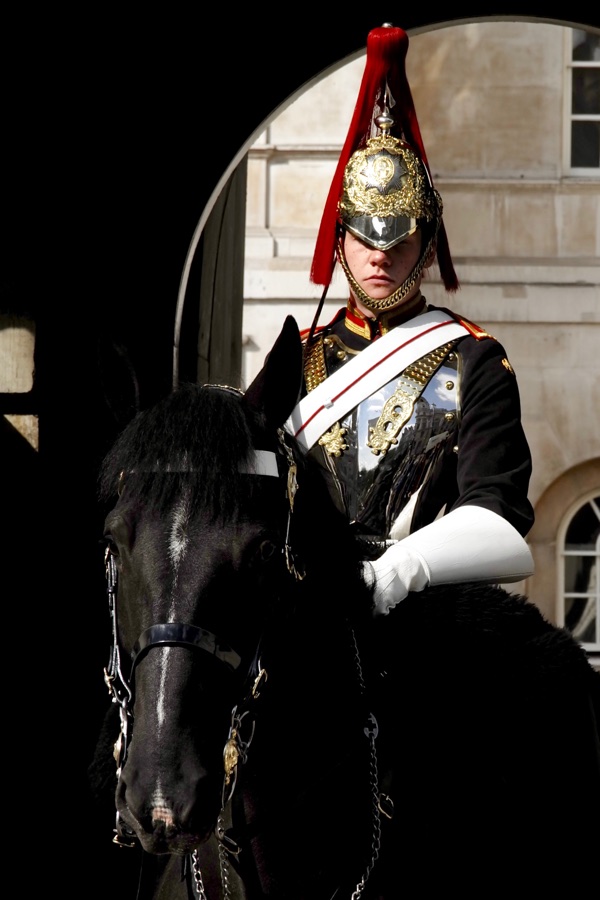
Identifying the Regiments
At a glance, all of the King's Guards have the same scarlet uniform, distinctive bearskin hat and gold buttons.
The 'Changing the Guard at Buckingham Palace' guide book has even more information on the ceremony, and how to identify the regiments.
A pictorial guide shows the differences in the Horseguards and Foot Guards uniforms, to help you recognise the regiment you will see at the Guard Change.
It also has some interesting stories and historical facts to amuse you while you are waiting for the guard change to begin.
Guards Museums
If you are interested in learning more we recommend a visit to The Guards Museum and the Cavalry Museum.
The Guards museum is located in Wellington Barracks, Birdcage Walk, London SW1.
The museum contains a wealth of information and artifacts relating to the five regiments of Foot Guards namely Grenadier, Coldstream, Scots, Irish and Welsh Guards and you can even try on the Bearskin Cap that the Guards wear!
The Household Cavalry Museum is a living museum located in the heart of Horse Guards, Whitehall, London.
Unlike any other military museum it offers a unique 'behind- the-scenes' look at the work that goes into the ceremonial and operational role of the Household Cavalry Regiment.
History of the Royal Guard
Household Troops have guarded the Sovereign and the Royal Palaces since 1660.
Until 1689, the Sovereign lived, mainly, at the Palace of Whitehall and was guarded there by Household Cavalry.
In 1689, the court moved to St James's Palace, which was guarded by the Foot Guards.
When Queen Victoria moved into Buckingham Palace in 1837, the Queen's Guard remained at St James's Palace, with a detachment guarding Buckingham Palace, as it still does today.
The King’s Guard is commanded by a Captain (who usually holds the rank of Major), and each Detachment is commanded by a Lieutenant.
The Colour of the Battalion providing the Guard is carried by a Second Lieutenant (who is known as the Ensign).
The handover is accompanied by a Guards band. The music played ranges from traditional military marches to songs from films and musicals and even familiar pop songs.
When The King is in residence, there are four sentries at the front of the building. When he is away there are two.
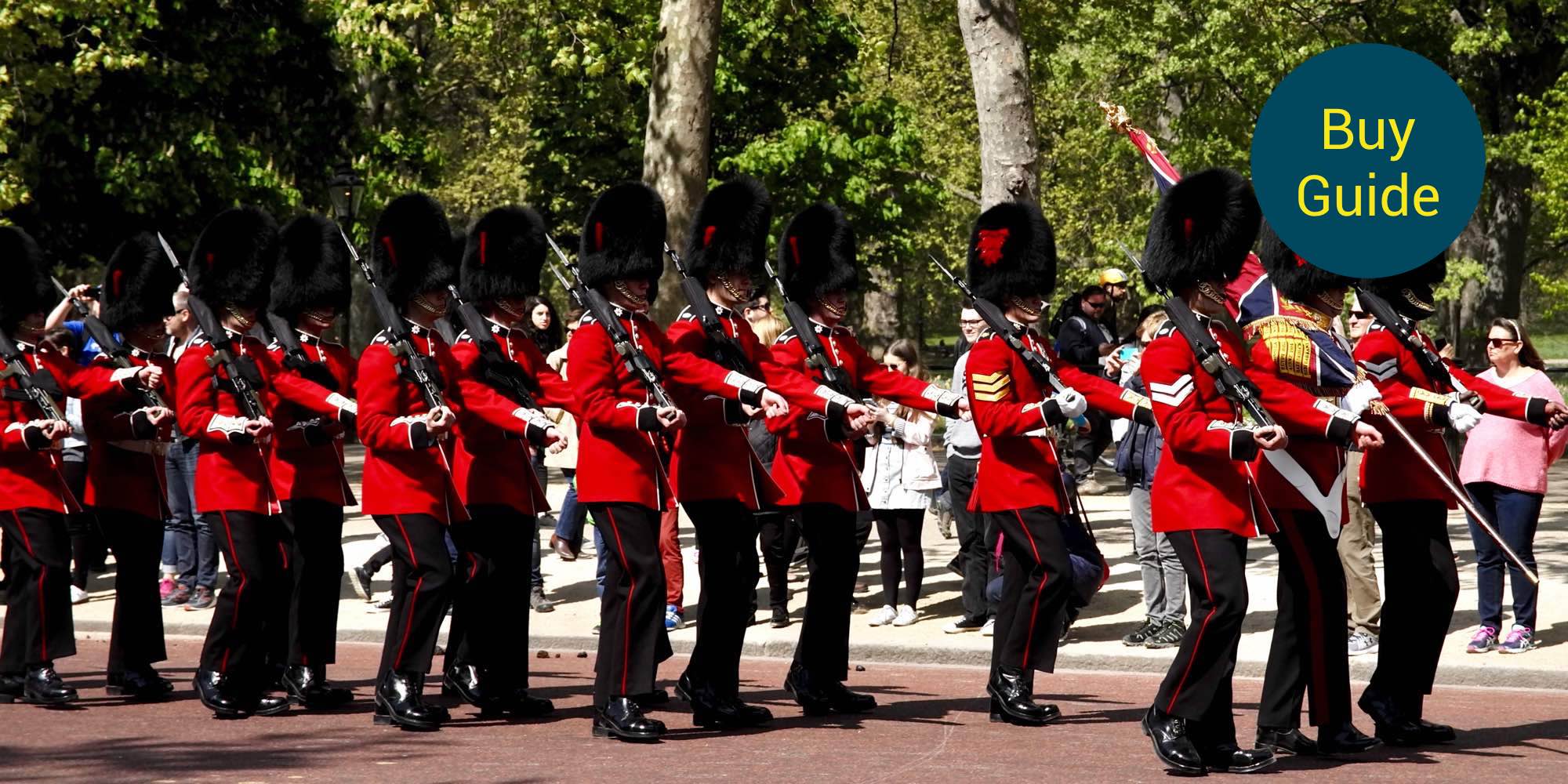

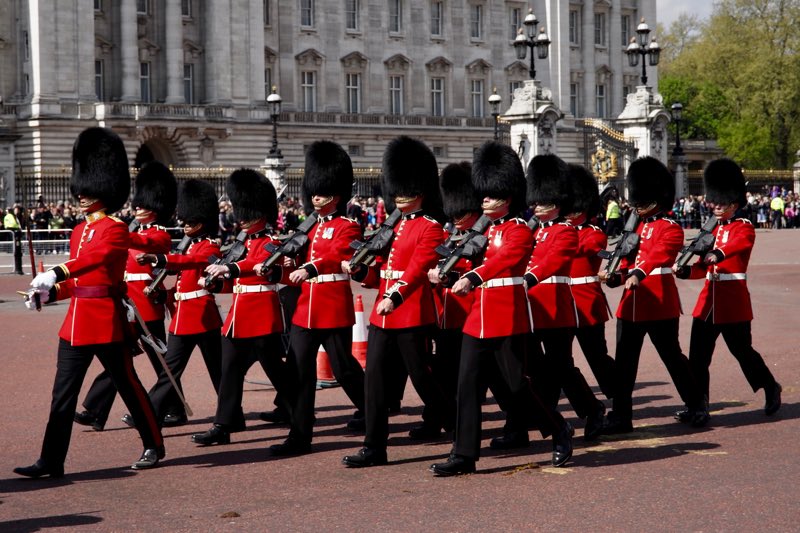
.jpg)
